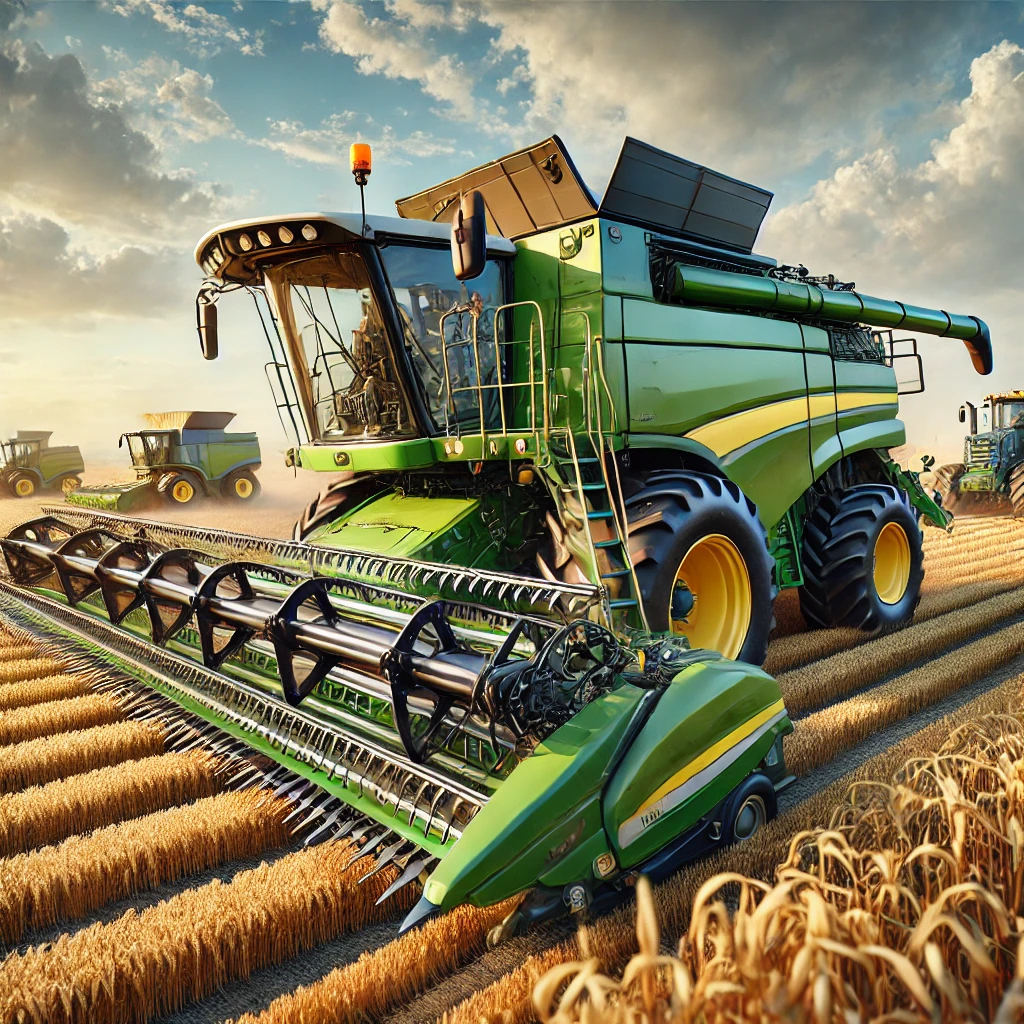The evolution of tractors has been a fascinating journey, transforming from steam engines to the modern, sophisticated machines we see today. This article delves into the history, technological advancements, and the impact of tractors on agriculture.
The Early Days: Steam Engines and the Birth of Tractors
The history of tractors dates back to the early 19th century when steam engines were first introduced to agriculture. These early machines were cumbersome and expensive, but they marked the beginning of mechanized farming. The first steam-powered tractors were essentially portable engines on wheels, used primarily for threshing and plowing.
One of the earliest examples of a steam-powered tractor was developed by John Fowler in the 1850s. Fowler’s steam plow was a significant innovation, allowing farmers to plow fields more efficiently than ever before. However, these early steam tractors had several limitations. They were heavy, difficult to maneuver, and required a constant supply of water and coal.
Despite these challenges, steam tractors laid the groundwork for future developments in agricultural machinery. The transition from steam to internal combustion engines in the early 20th century marked a significant turning point in the evolution of tractors.
The Rise of Internal Combustion Engines
The introduction of internal combustion engines revolutionized the tractor industry. These engines were lighter, more efficient, and easier to maintain than their steam-powered predecessors. The first successful gasoline-powered tractor was developed by John Froelich in 1892. Froelich’s tractor was a game-changer, offering farmers a more practical and reliable alternative to steam engines.
In the early 1900s, several companies began producing gasoline-powered tractors, including the Hart-Parr Company, which is often credited with coining the term “tractor.” These early tractors were primarily used for plowing, but their versatility soon became apparent. Farmers began using tractors for a variety of tasks, including planting, cultivating, and harvesting.
The development of diesel engines in the 1920s further enhanced the capabilities of tractors. Diesel engines offered greater fuel efficiency and durability, making them an attractive option for farmers. By the mid-20th century, diesel-powered tractors had become the standard in agriculture.
Technological Advancements and Modern Tractors
The latter half of the 20th century saw rapid advancements in tractor technology. The introduction of hydraulic systems, power take-off (PTO) mechanisms, and advanced transmission systems significantly improved the functionality and efficiency of tractors. These innovations allowed tractors to perform a wider range of tasks with greater precision and ease.
One of the most significant developments in modern tractor technology is the integration of electronics and computer systems. Today’s tractors are equipped with GPS, automated steering, and precision farming technologies. These advancements enable farmers to optimize their operations, reduce waste, and increase productivity.
Modern tractors are also designed with sustainability in mind. Many manufacturers are developing electric and hybrid tractors to reduce emissions and reliance on fossil fuels. These eco-friendly machines are part of a broader effort to make agriculture more sustainable and environmentally friendly.
The Impact of Tractors on Agriculture
The evolution of tractors has had a profound impact on agriculture. Tractors have increased the efficiency and productivity of farming operations, allowing farmers to cultivate larger areas of land with less labor. This has led to significant increases in crop yields and food production.
Tractors have also played a crucial role in the development of modern farming practices. Mechanized farming has enabled the adoption of techniques such as no-till farming, precision agriculture, and integrated pest management. These practices have improved soil health, reduced the use of chemical inputs, and enhanced the overall sustainability of agriculture.
Furthermore, tractors have contributed to the economic development of rural communities. The mechanization of agriculture has created new job opportunities and increased the profitability of farming. This has helped to improve the standard of living for many rural families and contributed to the growth of local economies.
Conclusion
The evolution of tractors from steam engines to modern machines is a testament to the ingenuity and innovation of the agricultural industry. Tractors have transformed farming, making it more efficient, productive, and sustainable. As technology continues to advance, the future of tractors looks promising, with new developments poised to further revolutionize agriculture.
In summary, the journey of tractors is a remarkable story of progress and adaptation. From the early steam engines to the sophisticated machines of today, tractors have played a pivotal role in shaping the landscape of modern agriculture. As we look to the future, it is clear that tractors will continue to be at the forefront of agricultural innovation, driving the industry towards greater efficiency and sustainability.
